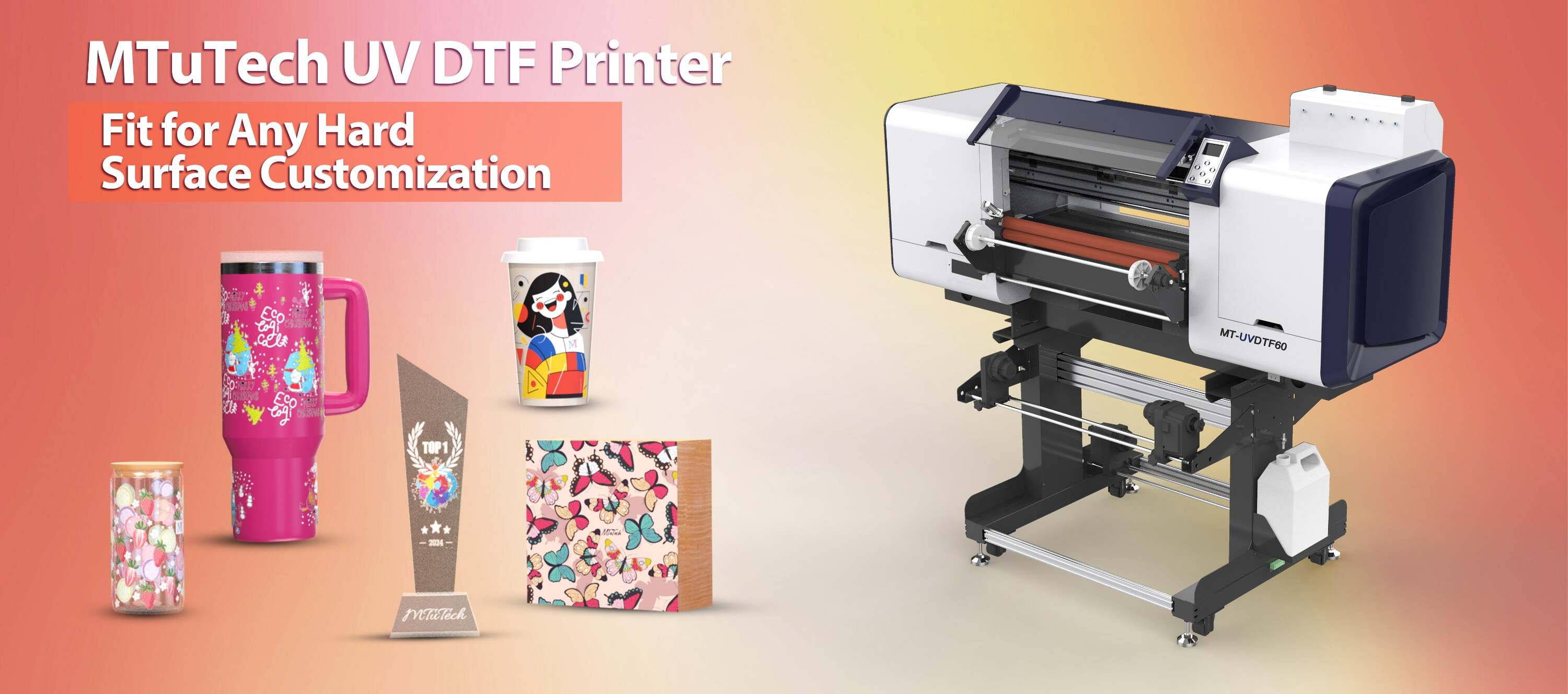 Introduction
Introduction
UV DTF film may look simple, but it plays a huge role in transfer clarity, adhesion, and longevity. If not stored or handled correctly, it can curl, attract dust, or lose its adhesive properties — leading to wasted prints and frustrated users. In this blog, we cover the essential do’s and don’ts of UV DTF film storage and handling to ensure perfect transfers every time.
Why Proper Storage Matters
- Avoids Curling: Film that curls won’t feed correctly into printers or laminate smoothly
- Preserves Adhesive Strength: Exposure to humidity or heat can reduce bonding power
- Prevents Contamination: Dust or fingerprints can cause bubbles and poor adhesion
Storage Best Practices
- Keep in a Cool, Dry Place: Ideal temperature: 20–25°C; humidity: 40–60%
- Flat or Upright Storage: Store in original packaging or flat on shelves — avoid tight rolls
- Away from Light: UV light exposure can prematurely cure adhesive on film edges
- Use Desiccant Packs: Place silica gel in film containers to control moisture
Handling Guidelines
- Handle with clean, dry hands or wear gloves
- Avoid touching the printable side or adhesive layer
- Use a lint roller before printing if needed
- Don’t bend or fold the film — it can damage the coating
When to Replace Your Film
- Discoloration or yellowing of A or B film
- Noticeable drop in adhesive strength
- Excess static or bubbling during lamination
- If exposed to air for over 3–6 months after opening
Organizing Your Inventory
- Label film rolls with received/opened dates
- Rotate stock using first-in, first-out method (FIFO)
- Keep backup rolls for sudden production spikes
Conclusion
Great prints start with well-preserved film. By treating your UV DTF films like the premium materials they are, you’ll reduce waste, improve results, and streamline your production workflow — every sheet counts.
Maintain quality from roll to result with our reliable UV DTF printer — designed to work seamlessly with top-tier UV DTF films.
